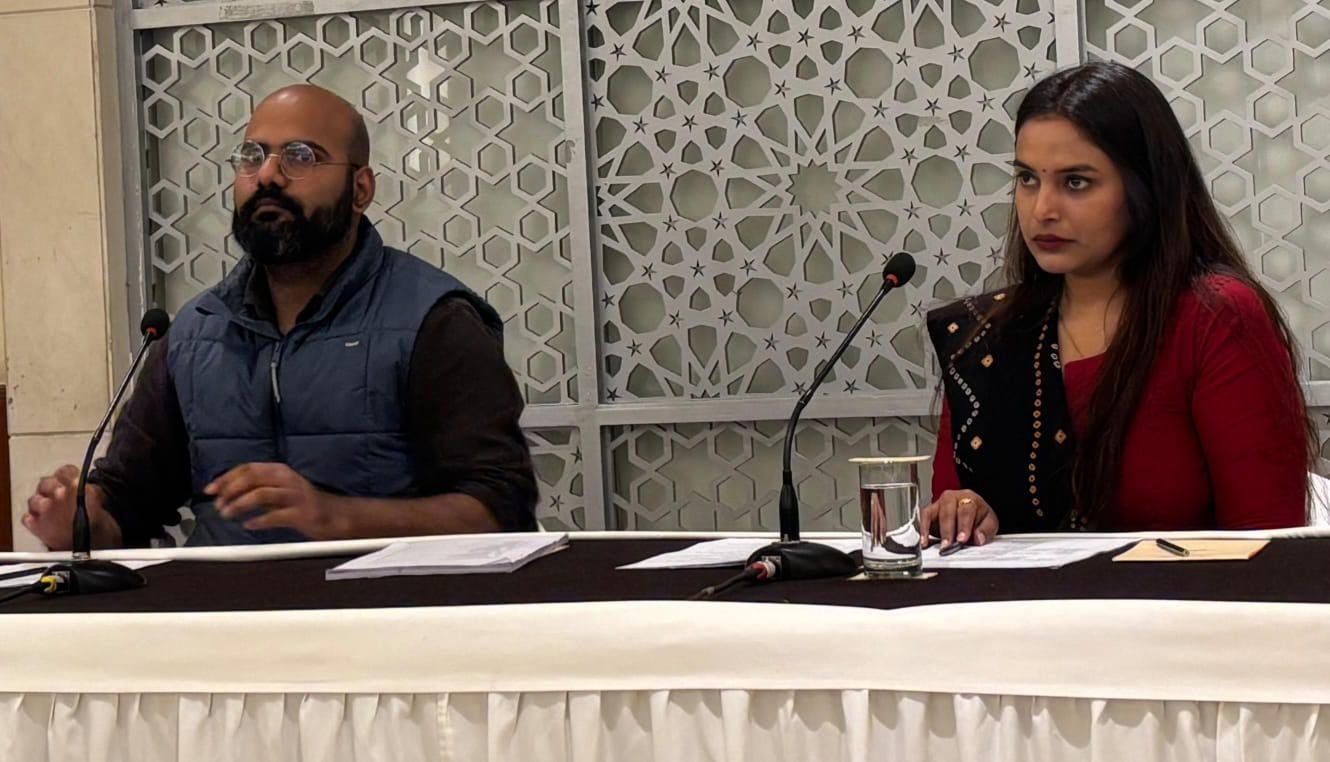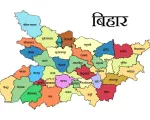Delhi : A press conference was held at Marigold Hall, India Habitat Centre, from 5 PM to 6 PM, bringing together faculty members and scholars from JNU, DU, and Jamia. Dr. Shubh Gupta, an Assistant Professor in GAE, School of Social Sciences, JNU, presented an in-depth analysis that uncovered significant gaps between the Delhi Government’s claims and the actual state of its education system.
While the government asserts that 25% of its budget is allocated to education, the study revealed stark inequalities in resource distribution. Elite districts like South West A receive substantially higher funding per student, while underprivileged areas of Vidhan sabha such as Karol Bagh (SC) Okhla and Ballimaran (Muslim dominated area) struggle with severe underfunding. Also, it was pointed out that districts with lesser population are funded more than the densely populated districts having marginalized people. Additionally, a ₹543 crore cut in education capital expenditure for 2024-25 has led to stalled infrastructure projects in disadvantaged districts.
It In March 2021, the restructuring of Rajkiya Pratibha Vikas Vidyalayas (RPVV) into Schools of Specialized Excellence (SOSE) has further widened the gap, favoring private school students over those in government schools. Another important issue is that SOSE doesn’t follows GFR rules which raises serious accountability issues. Meanwhile, spending on teacher salaries fell by 36% between 2022 and 2023, raising concerns about staff shortages. Security and sanitation budgets have observed unprecedented spike in pandemic-years and then observed sharp decline in security spending upto 26% and sanitation by 16.3%. There is a possible fund mis-management during covid times when the schools were closed as it was informed by an independent source in DOE that sanitation budget used for sanitizer and masks came from different budget head.
A troubling 44% dropout rate from Class IX to X in 2023-24 suggests that weaker students are being systematically excluded. Many are being diverted into Patrachar Vidyalaya and the National Institute of Open Schooling (NIOS) to artificially boost pass percentages. Enrollment in NIOS has surged 12.5 times over the past decade, pointing to serious shortcomings in mainstream education. Furthermore, the percentage of Scheduled Caste (SC) students has declined from 16.5% in 2014 to 12.5% in 2024, highlighting the ineffective implementation of SC scholarship programs.
Another pressing issue is menstrual absenteeism, which reaches 40% in some schools and spikes to 65% in those lacking separate toilets for girls—shedding light on inadequate sanitation facilities. Concerns were also raised over shrinking playgrounds and possible fund misallocation in ‘Cash Incentives to the Outstanding Players/Sportsman and Rajiv Gandhi Sport Award – Rewards’, where only ₹12 lakh is allocated to athletes, despite ₹13-14 crore being spent under this category and the scheme code was changed.
The study calls for urgent reforms to ensure fair distribution of funds, improved infrastructure, and greater transparency in budget allocations. These findings challenge the Delhi Government’s portrayal of a thriving education model and emphasize the need for immediate corrective action to provide quality education for all students, particularly those from marginalized communities.





